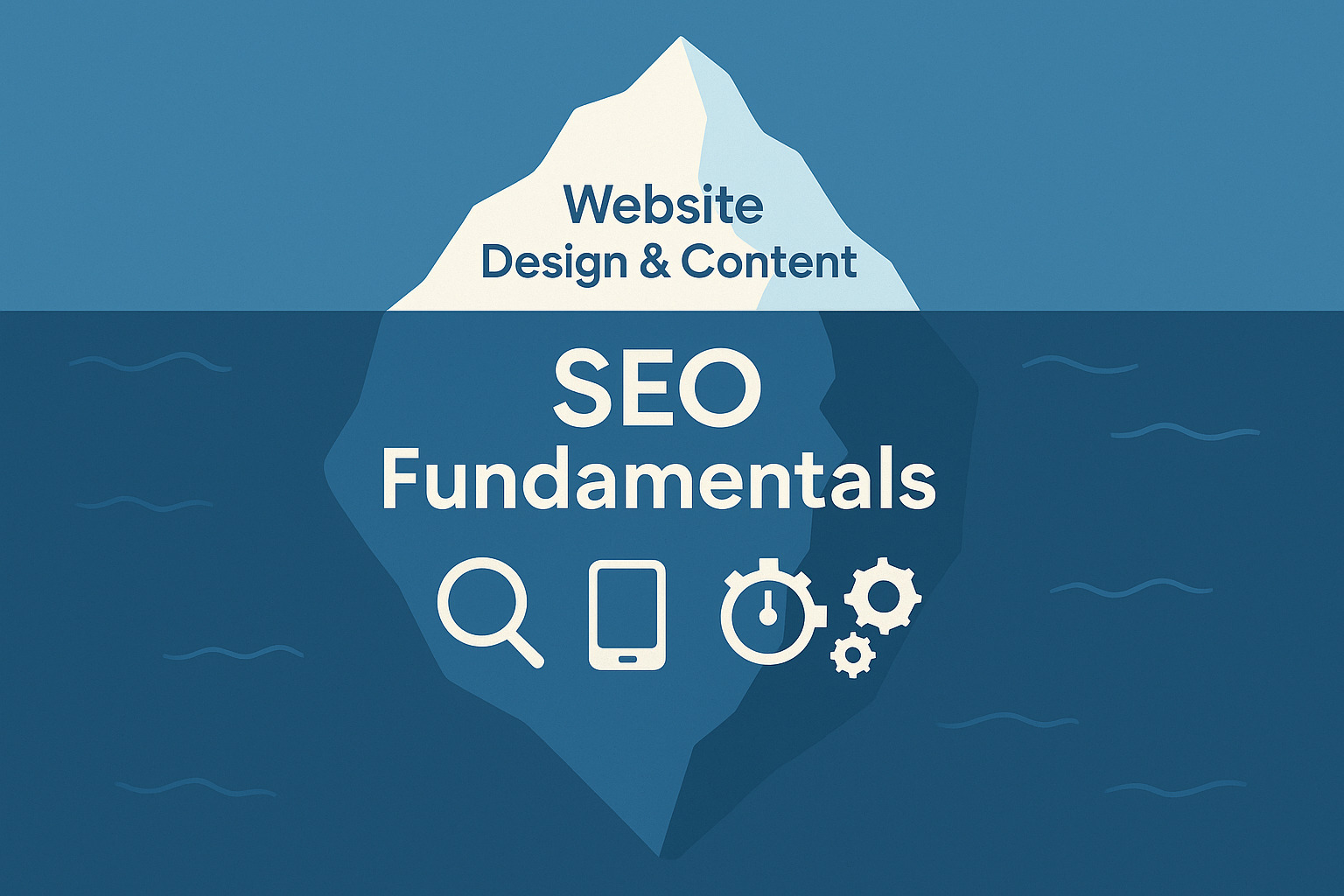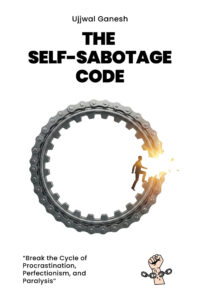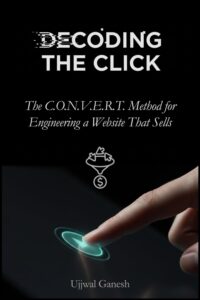You built a sleek, modern website.
It looks stunning. The layout’s clean. The copy? On point.
But there’s a problem.
Nobody can find it.
No leads. No traffic. No growth.
Why?
Because you skipped the part that actually makes a website work: SEO.
A website without basic search engine optimization is like a billboard in the desert—perfectly crafted, but totally unseen.
1. The Cost of Being Invisible Online
Here’s a stat that should shake every business owner:
96% of websites receive zero organic traffic from Google.
Yes, zero. Not even a trickle.
It’s not because these sites lack effort. It’s because they’re invisible to search engines—and therefore, to the very people who are looking for their products or services.
And it’s not just the solopreneurs. Even funded startups and mid-size businesses fall into this trap. They invest in design, write nice content, maybe even run ads—but treat SEO like an afterthought.
That’s like opening a restaurant and forgetting to list it on Google Maps.
2. On-Page SEO: Your Website’s First Impression to Google
If Google doesn’t understand your page, it won’t rank it. And that understanding begins with on-page SEO.
Most neglected basics include:
- Unique title tags and meta descriptions: These are the “ad copy” for your organic listings. Without them, Google grabs whatever it finds—and users scroll right past.
- Proper heading structure: Your page should have one H1 that includes your primary keyword, followed by organized H2s and H3s. No structure = no clarity.
- Targeted keyword integration: Keyword stuffing doesn’t work. Strategic, natural integration based on user search intent does.
- Alt text for images: Critical for accessibility and helps Google understand your visuals—especially important in visually driven industries like fashion, food, or architecture.
- Logical URL slugs: URLs like
yourdomain.com/service/seo-auditbeatyourdomain.com/page?id=1234every time.
These aren’t “extras”—they’re essential.
3. Technical SEO: The Backbone of Discoverability
Most of what makes SEO work is invisible to users—but essential for bots. This is technical SEO—and it’s what makes your website crawlable, indexable, and rankable.
Key elements you must have:
- HTTPS: Secure websites get prioritized. Still running HTTP? That’s a red flag to users and search engines.
- XML sitemap: Think of it as a roadmap for Google’s crawlers. Without it, your site is a maze.
- Robots.txt: Controls what Google should or shouldn’t index. Misconfigure it? You could be blocking your most important pages.
- Clean site architecture: Clear navigation and page hierarchy boost user experience and help distribute link equity.
- Canonical tags: Tell Google which page is the “main” one, avoiding duplicate content issues.
- Schema markup: Enables rich results like star ratings, product availability, and FAQs. These enhance click-through rates—and position you above competitors.
4. Google’s Non-Negotiables: Mobile & Speed
Since 2021, Google has operated on mobile-first indexing. That means if your mobile site is bad, your rankings are bad.
Pair that with speed expectations—users bounce in under 3 seconds—and you realize just how brutal it is out there.
Here’s why this matters:
- 53% of users abandon a site that takes more than 3 seconds to load.
- 40% will bounce if the page layout breaks on mobile.
- $2.6 billion is lost every year by retailers due to slow sites.
Still think that flashy homepage video is worth it?
5. Real-World Consequences: The Visit Seattle Case
After a Google core update, Visit Seattle—a major tourism site—lost 53.47% of its organic traffic overnight.
Why?
Because their site had:
- Over 5,900 low-performing pages
- Nearly 60,000 technical errors
- 1,600+ pages with identical content
It was beautiful. It had budget. But it lacked basic SEO hygiene.
This isn’t a warning for the future—it’s a lesson from the present.
6. The Silent Losses Add Up
When SEO is missing, here’s what else goes missing:
- Organic traffic (the highest-ROI channel in digital marketing)
- Marketing ROI (your ads and social efforts go to waste on a poorly structured site)
- User trust (slow sites feel untrustworthy)
- Brand visibility (your competitors rank while you disappear)
A weak SEO foundation isn’t just a missed opportunity—it’s a silent sinkhole draining your growth.
The Bottom Line
SEO isn’t magic. It’s method.
It’s not something you sprinkle on later—it’s the structure your site should be built on.
The sooner you stop treating SEO as optional, the sooner your site starts delivering.













